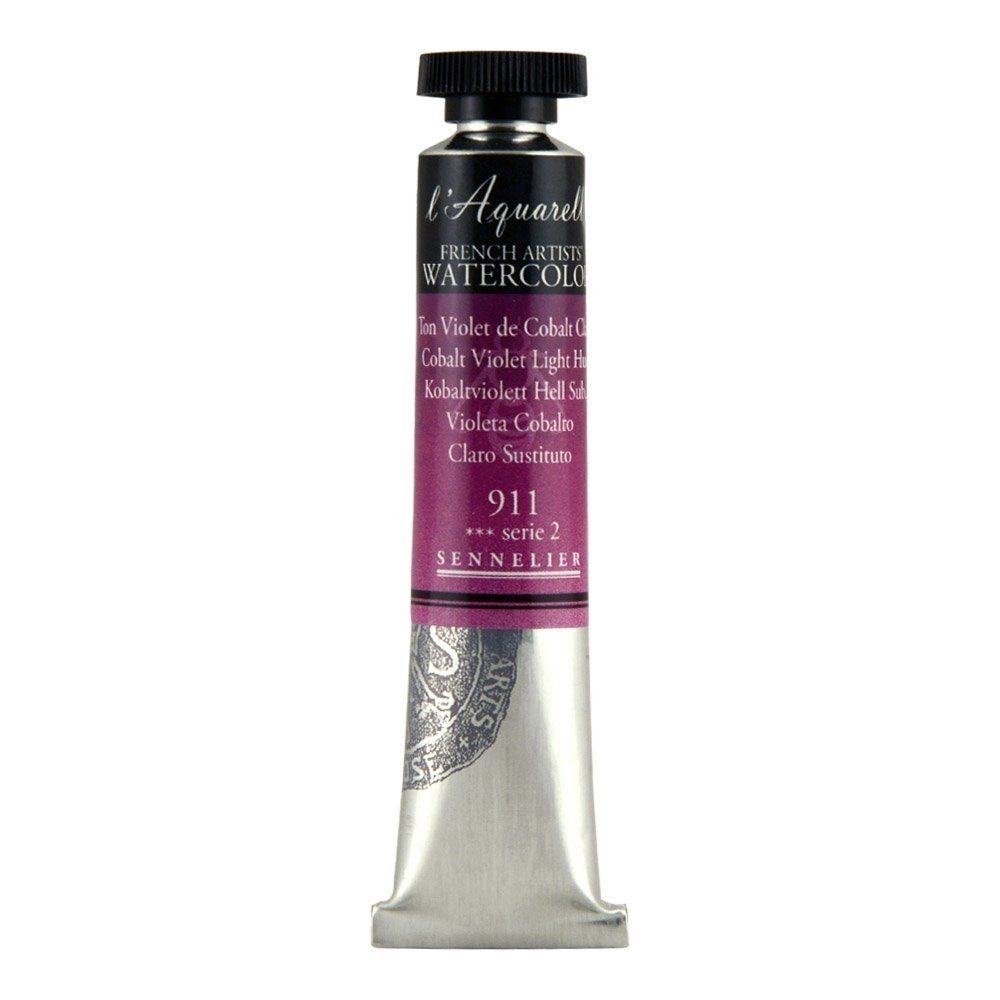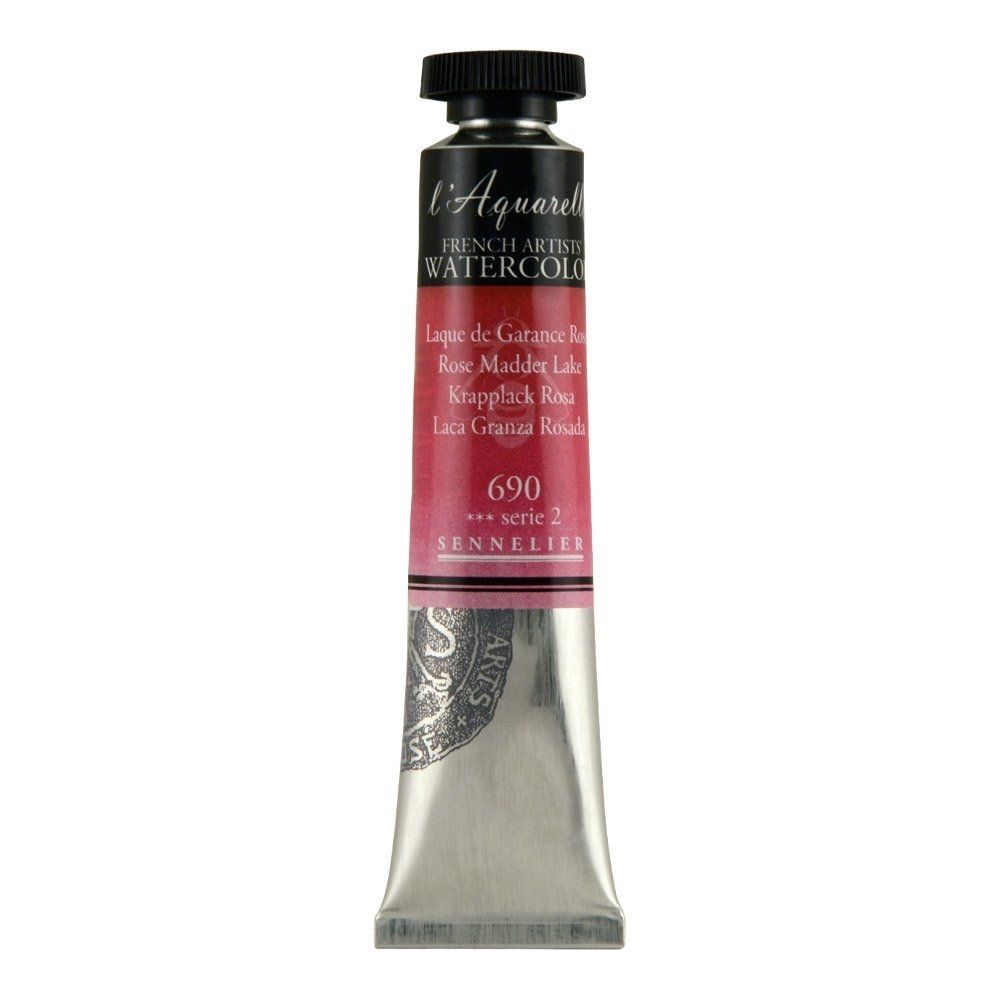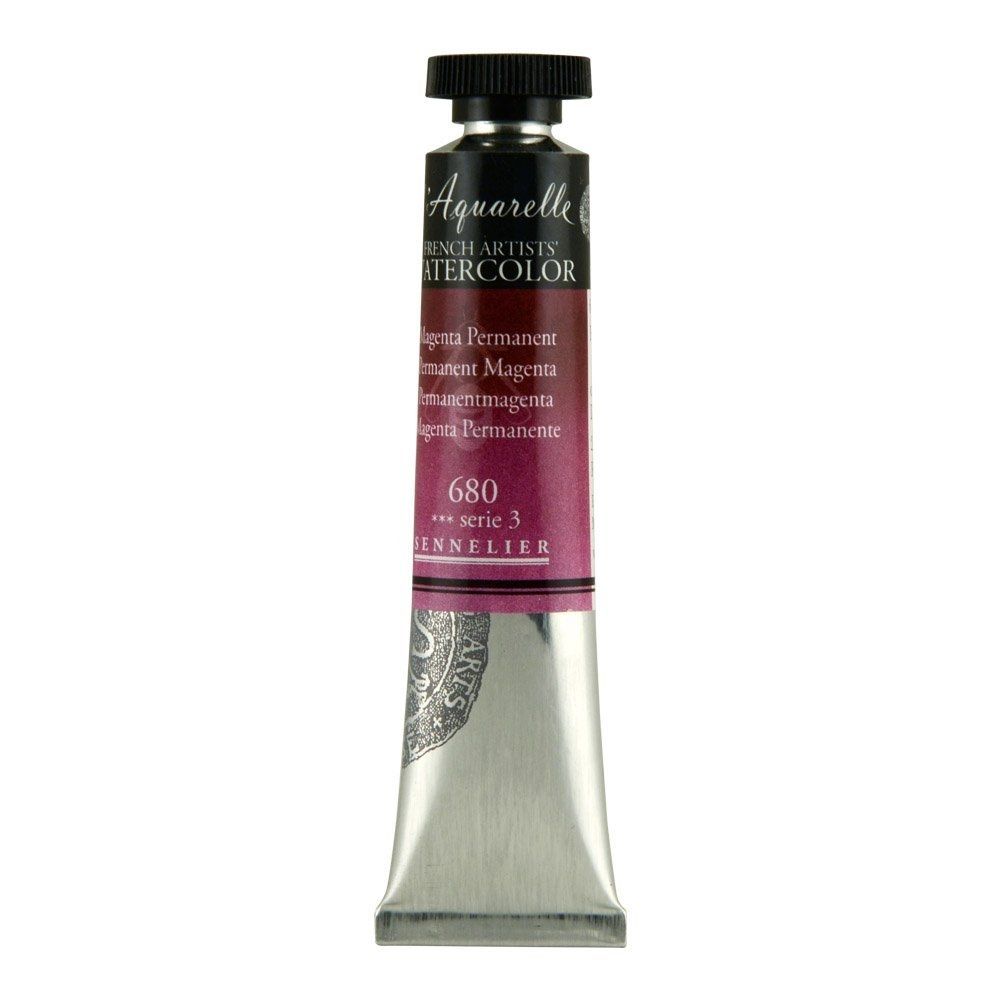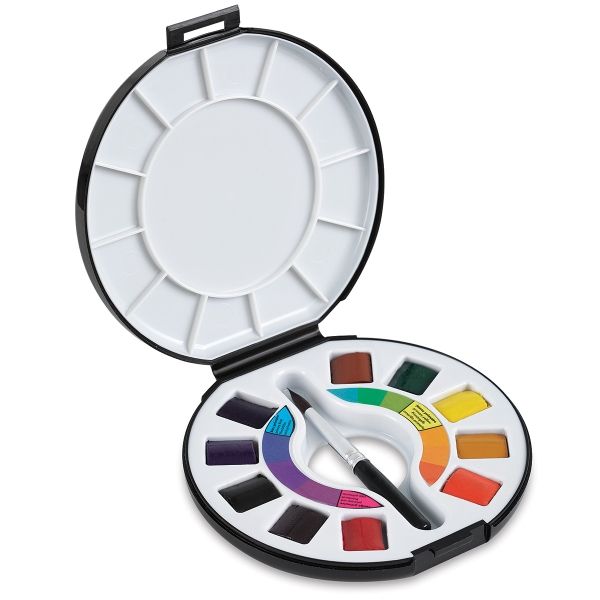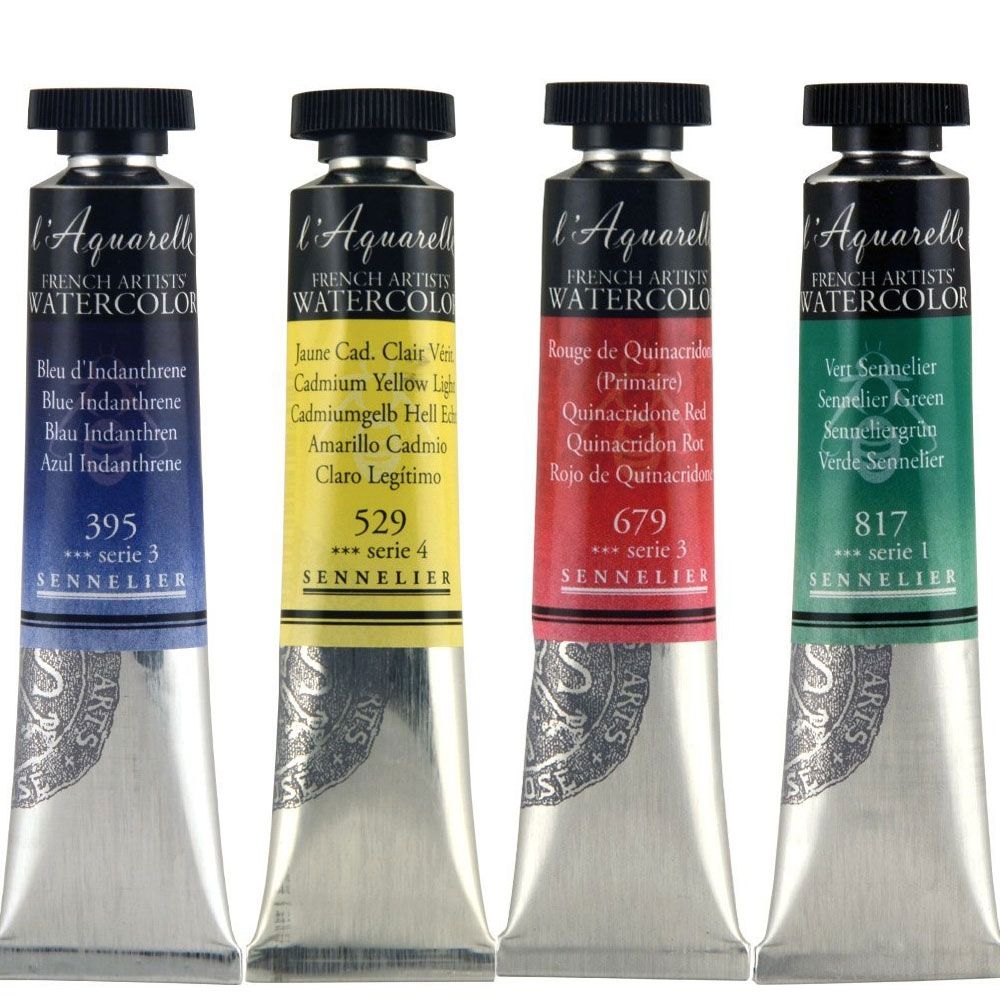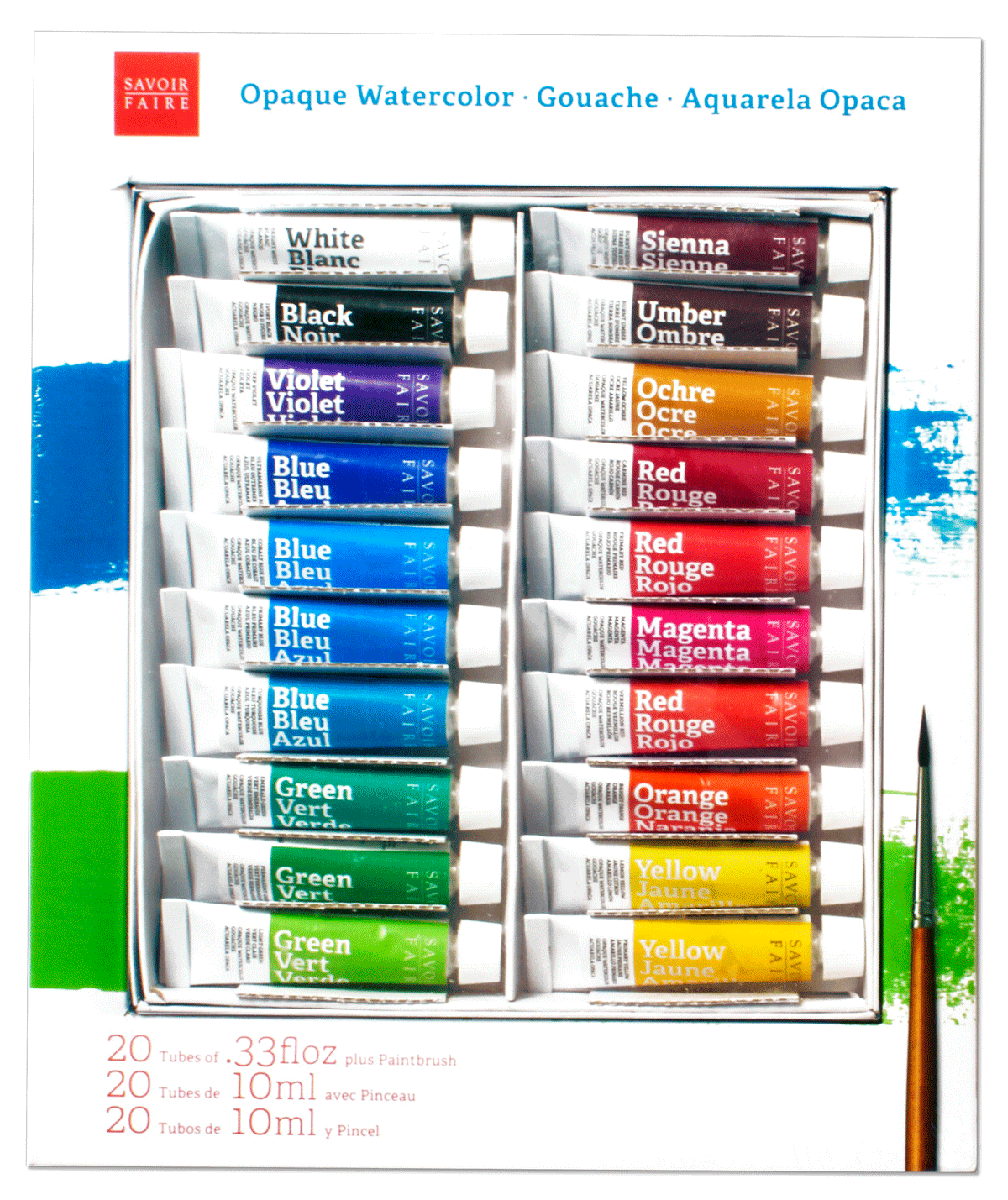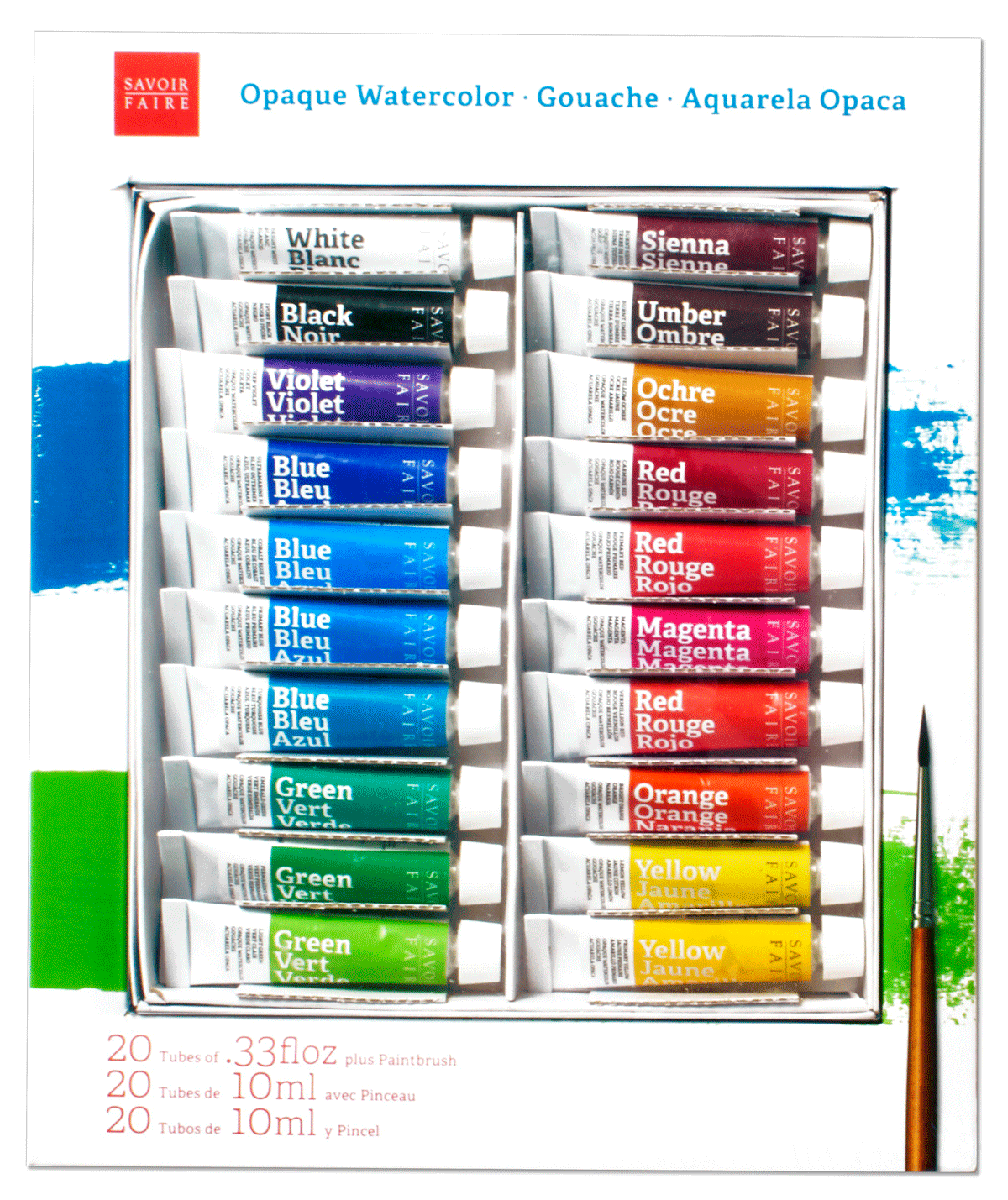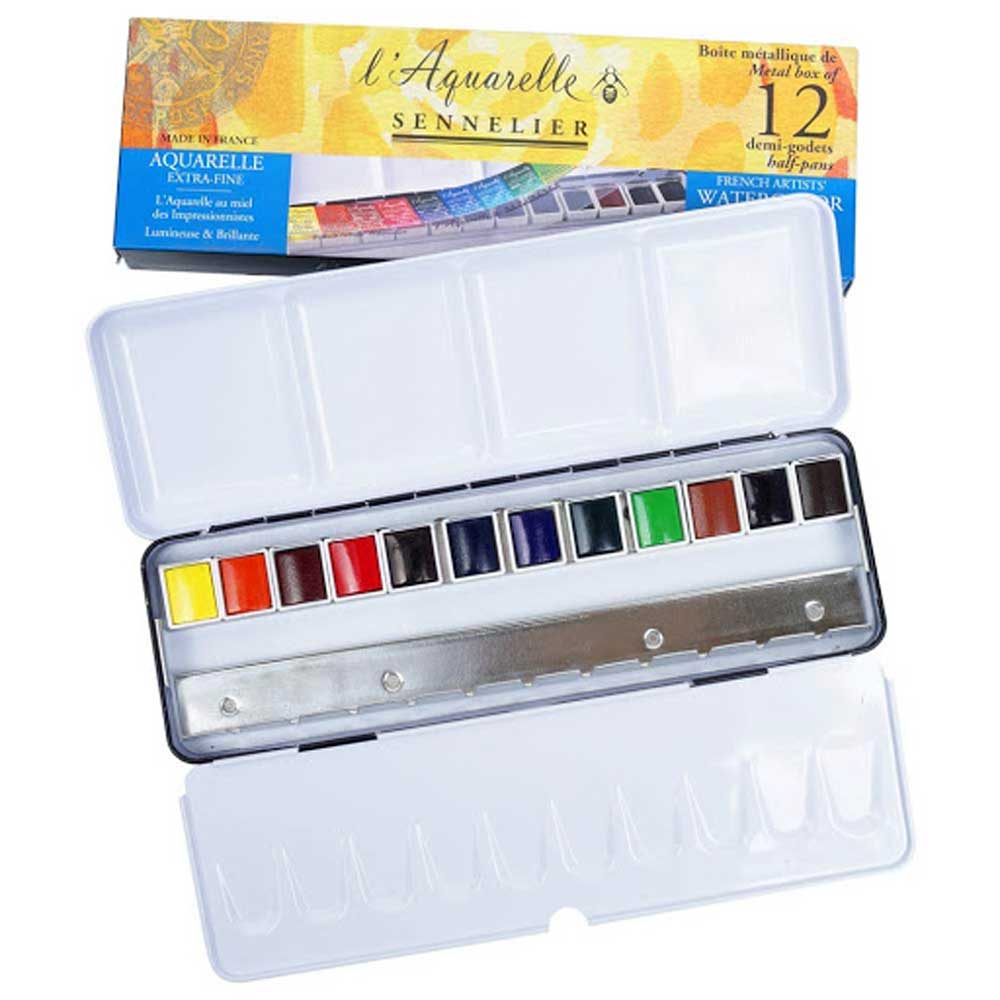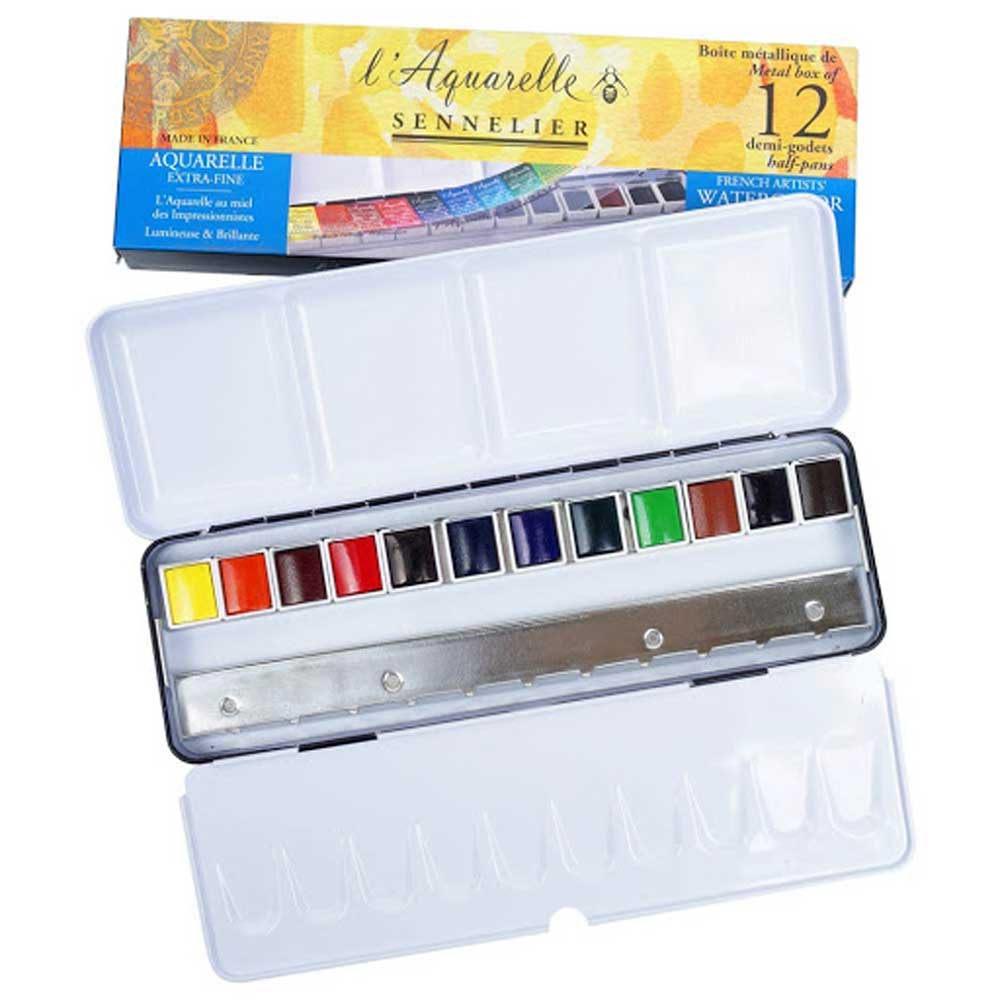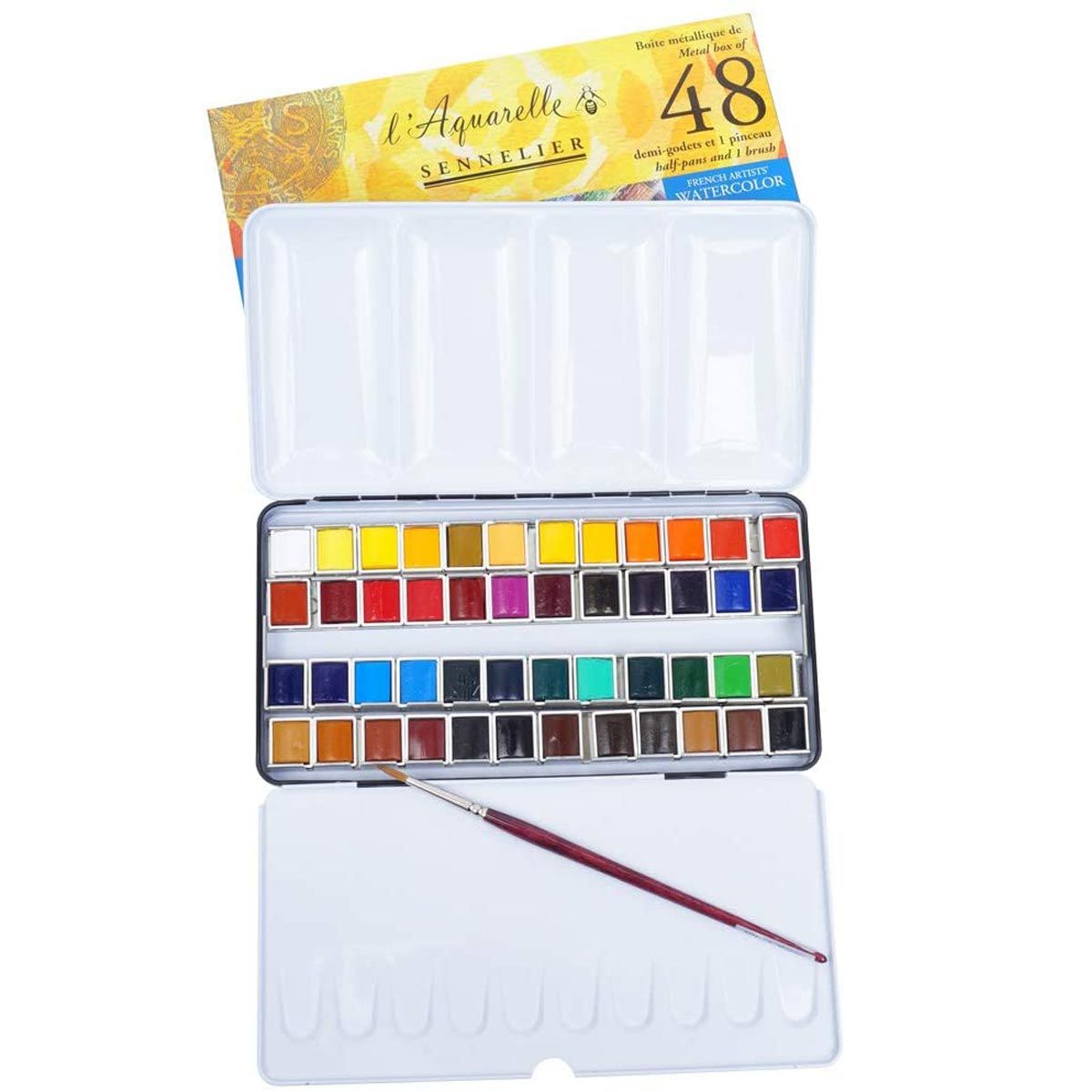Sennelier Watercolour S2 Cobalt Violet Light Hue (911) 21 ml
Cobalt Violet Light Hue (911) Manganese Violet is a semi-transparent, bluish-violet pigment with a discrete opacity and low tinting strength. It is the reddest of the violets and performs well in watercolour. There can be significant differences in colour across brands. It shares similar properties with bluish shades of Cobalt Violet. Quinacridone Magenta is a semi-transparent, robust bluish-red with an impressive mixing range, makes excellent glazes and is one of the bluest of the Quinacridone colours.
- Pigment Name: PV16—Manganese Violet; PR122—Quinacridone Magenta; PW6—Titanium White
- Pigment Type: PV16-Inorganic; PR122-Organic, quinacridone; PW6-Inorganic
- Series: 2
- Opacity: Opaque
- Permanence/Lightfast: (2) ***
Sennelier Watercolour S2 Cobalt Violet Light Hue (911)
Cobalt Violet Light Hue (911) Manganese Violet is a semi-transparent, bluish-violet pigment with a discrete opacity and low tinting strength. It is the reddest of the violets and covers and dries well in oil and tempera. It also performs well in pastel, encaustic, and watercolour. Manganese Violet is not well suited for fresco or acrylic painting. There can be significant differences in colour across brands. It shares similar properties with bluish shades of Cobalt Violet.
PV16—Manganese Violet is a semi-transparent, bluish-violet pigment with a discrete opacity and low tinting strength. It is the reddest of the violets and covers and dries well in oil and tempera. It also performs well in pastel, encaustic, and watercolour. Manganese Violet is not well suited for fresco or acrylic painting. There can be significant differences in colour across brands. It shares similar properties with bluish shades of Cobalt Violet. Chemical Name: manganese ammonium pyrophosphate
Permanence: Manganese Violet has excellent permanence and lightfastness, and it is one of the most lightfast, balanced violets in watercolour form.
Toxicity: Manganese Violet is highly toxic if inhaled and moderately toxic if ingested.
History: This pigment was developed in 1868 by E. Leykauf to replace the more expensive Cobalt Violet. It was not offered as an artist’s pigment until 1890.
Alternate Names: Burgandy Violet, Mineral Violet, Nürnberg Violet, Permanent Violet.
PR122—Quinacridone Magenta is a semi-transparent, robust bluish-red with an impressive mixing range. It makes an excellent glazing colour and is one of the bluest of the Quinacridone colours. The pigment's properties vary considerably, depending on how it is ground. Quinacridone pigments have relatively low tinting strength in general. For this reason, quinacridone colours are often expensive because more pigment is required in the formulation.
Permanence: Quinacridone Magenta offers excellent lightfastness in most media, but some have argued that it is less lightfast in watercolour form. Although Quinacridone Magenta received only a passing grade of "fair" under ASTM test protocols, other test results have rated the pigment from very good to excellent. Transparent reddish violet pigments generally have more problems with lightfastness than any different range of colours. PR122 has often been used as the Magenta of CMYK (four-colour) process printing because it offers a better tradeoff between tinting strength and lightfastness than other pigments in its class.
Toxicity: Quinacridone Magenta has no acute hazards. Overexposure to quinacridone pigments may cause skin irritation. Quinacridone pigments contain a compound found to be a skin, eye, and respiratory irritant.
History: Quinacridone Magenta came from a red violet aniline dye that was first produced in 1858 by Natanson. It was called Magenta to commemorate a battle in Magenta, Italy. Over time, Magenta became the standard colour name for a deep, violet red. Although quinacridone compounds became known in the late 19th century, manufacturing methods to make them practical for use as commercial pigments did not begin until the 1950s. PR122 has become particularly popular in the formulation of Magenta for CMYK process printing.
Alternate Names: Acra Red, Quinacridone Violet (PV19), Thalo Red Rose.
PW6—Titanium White. Permanence: Excellent permanence and lightfastness.
Toxicity: Titanium dioxide is highly stable and is regarded as completely non-toxic. Animal studies do not indicate that it is absorbed biologically, even after long periods of exposure. The primary safety concern is with the inhalation of fine pigment dust particles. If inhaled in large amounts over the course of several years, Titanium White may cause a benign pneumoconiosis that is visible on x-rays. The National Institute of Occupational Safety and Health (NIOSH) considers fine titanium dioxide particles, if inhaled, to be human carcinogens. Artists' primary concern is avoiding exposure to fine particulate dust from raw pigments. Chemical Name: titanium dioxide
History: Titanium is the ninth most abundant element in the Earth's crust. However, mineral deposits that are economical to mine are less common. Titanium dioxide was first discovered in 1821, although it could not be mass-produced until 1919. Widespread use of the pigment began in the 1940s. Since that time, it has become the most commonly used white pigment. The name comes from the Latin word Titan, the name for the elder brother of Kronos and ancestor of the Titans, and the Greek word tito, meaning day or sun.
Alternate Names: None.
| Size | 21 ml |
|---|---|
| Brand | Sennelier |
| Country of Manufacture | France |
| Type of Store Credit value | Select |










